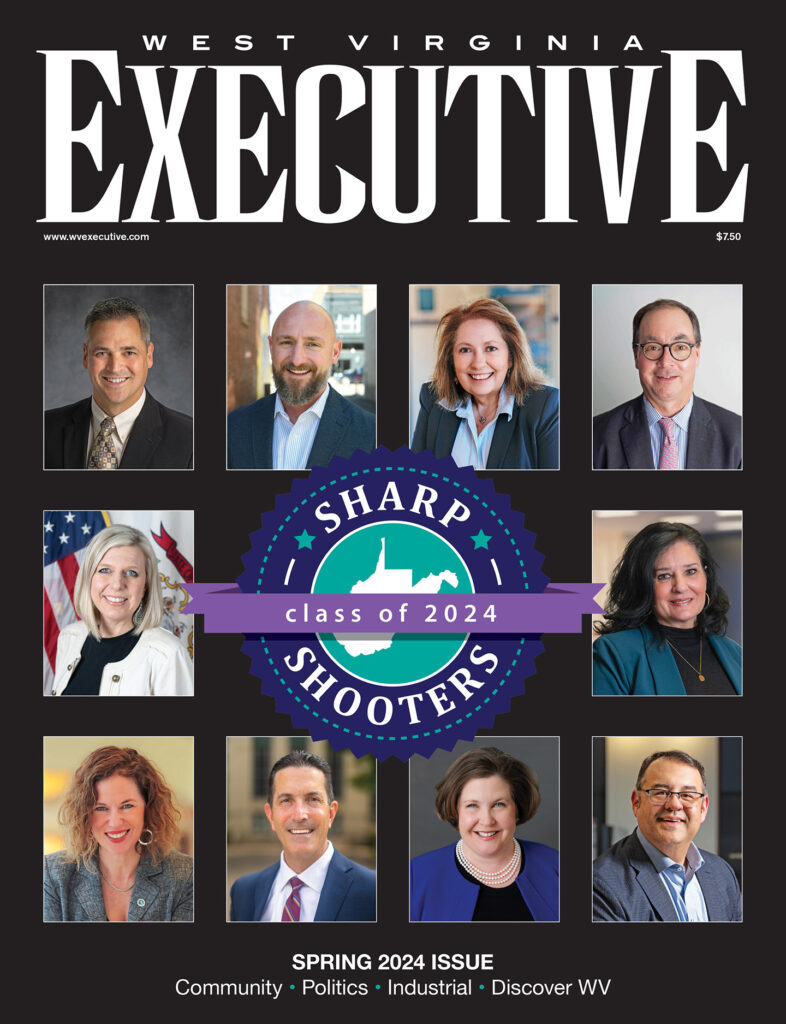By Alicia Willard
Described as a picture of uneven economic recovery by economist John Deskins, director of West Virginia University’s Bureau of Business and Economic Research, the Mountain State continues to see healthy growth in some areas and economic weaknesses and population loss in others. By revitalizing some of West Virginia’s oldest neighborhoods, the state’s blueprint communities are attempting to turn the tide on this pattern.
In an effort to encourage investment in struggling neighborhoods, the Blueprint Communities initiative was launched in 2005 by FHLBank Pittsburgh as a way to foster stronger, healthier neighborhoods in Pennsylvania, Delaware and West Virginia. Communities that are a part of the program receive a structured framework in which local representatives participate in trainings, engage with their residents and businesses and receive technical assistance and coaching to equip them with the tools they need to establish and implement a plan for their community’s revitalization.
Partnering with FHLBank Pittsburgh, the West Virginia Community Development Hub creates momentum among Mountain State blueprint communities by building community leadership, collaboration and development capacity; developing local and regional planning skills; and encouraging coordinated investments in blueprint communities from public and private funders.
“The program was designed specifically to provide flexibility so communities could adapt to ever-changing social, political and economic dynamics,” says John Bendel, senior director of community investment at FHLBank Pittsburgh. “The Blueprint Communities program recognizes that no two communities are the same, and the structure of the program supports communities in assessing their unique strengths and opportunities.”
Aside from ongoing leadership, strategic development and resources support and training, blueprint communities have access to a variety of funding sources, including priority access to FHLBank Pittsburgh’s community products. So far, participating communities in West Virginia have received $5.7 million in Affordable Housing Program funds; $1.3 million in Community Lending Program financing to support housing and economic development projects; $326,000 in Banking on Business funding to help eligible small businesses assume secondary loans that supplement primary loans; $178,000 in blueprint mini-grants; and $10,000 in First Front Door grants for first-time homebuyers needing help with down payments and closing costs.
“Blueprint Communities offer an opportunity for communities to make use of an attainable yet very focused planning process that uniquely targets one priority,” says Kaycie Stushek, community development network coordinator for the West Virginia Community Development Hub. “It then connects them with traditional resources such as funding and technical trainings but also equally important resources that focus on community collaboration, team and individual growth and organizational and leadership development.”
To date, 58 communities have participated in the program, 16 of which are located in West Virginia: Ansted-New Haven, Bluefield, Fairmont, Gilmer County, Hinton, Marlinton (Buckeye, Huntersville, Edray), McDowell County, Mullens, Princeton, Richwood, Ritchie County, Salem, Shinnston, Sophia, St. Albans and Williamson.
Among the first group of West Virginia blueprint communities, Shinnston received designation in 2007. Within five years, 12 new businesses were established, and within 10 years, apartment complexes, summer park activities and walking trails were created. Other past blueprint communities have leveraged this initiative to form nonprofits and local development authorities, as well as showcase specific opportunities and efforts that led to additional public and private investment.
On May 29, 2019, West Virginia communities including Clarksburg’s Monticello neighborhood, Kingwood, Lewis County, the Meadow River Valley region of Greenbrier County, New Martinsville and Parsons entered the program and have already met with their teams and program coaches, identified team roles and researched existing data and plans that outline community assets, challenges and economic opportunities. In July, the teams brought their potential plans to their communities for feedback.
West Virginia neighborhoods and communities can join a competitive application process to be considered and, if selected, must provide evidence that their community continues to implement the approved plan and address implementation issues. For more information about West Virginia’s blueprint communities or the application process and deadlines, reach out to Kaycie Stushek at k.stushek@wvhub.org.
About the Author

Alicia Willard is the vice president for the strategic communications team at Signal Group. Before joining Signal, she held multiple positions at IQ Solutions, Golin and the Asthma and Allergy Foundation of America. She is a graduate of West Virginia University, where she received her bachelor’s degree in public relations and a minor in communications. She lives in Denver, CO, with her husband, Blake.



1 Comment
It’s always been my hope that the beautiful Meadow River Valley on the forgotten and unkept Rt60 be recognized for it’s untapped beauty and uniqueness. Although the devestating flood of 2016 nearly wiped out the almost breathless town of Rainelle, the community found it’s strength within to hold on and supply itself almost entirely from within and was blessed with the miracle of God’s people who rushed in to help .. we learned to keep the faith and to rebuild one board and one family at a time. One of the most active groups, Appalachia Service Project designed through collaboration with the federal government a plan to regenerate the entire state through the RISE program and from that, after the first 68 homes built in only 18 months, the hope became a reality and this forgotten area finally made it onto the map as one of the most beautiful places to be, a safe and endearing community that still holds onto the fact that we are truly a town built to carry on. There are so many working behind the scenes to connect our community to a more prosperous economy with fairness from the county government where it seems most of the focus is on only the county seat area. For small towns, the Blueprint Community Program is the key to development and success through balanced growth of the hometowns we call our own.